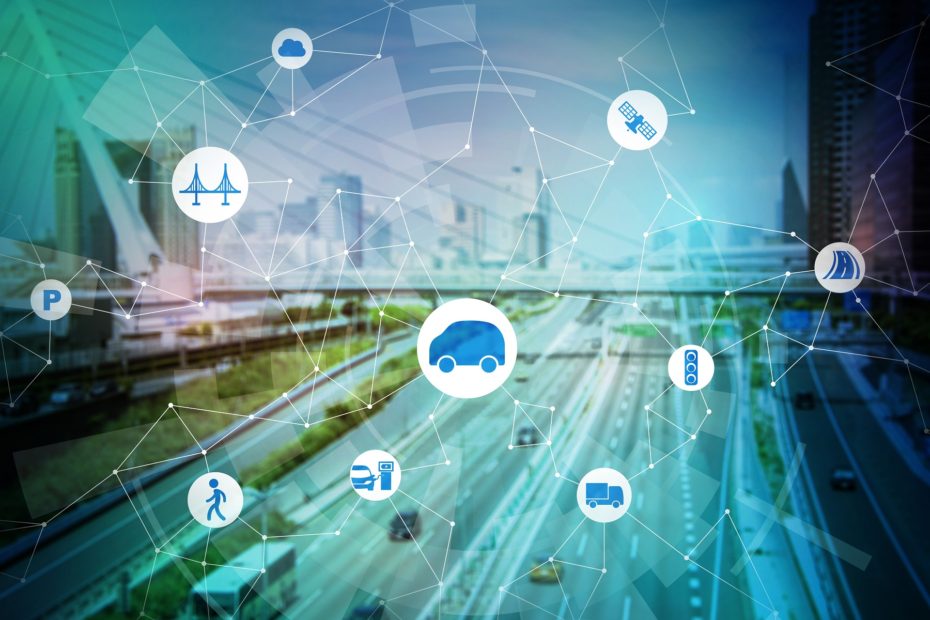
Image Credit: chombosan / Shutterstock
The 20 to 50 billion new devices coming online over the next few years — estimates vary — represent a massive opportunity for businesses, and not just technology businesses. Smarter devices and troves of sensor data can improve existing business models and lead to the creation of entirely new ones.
The device population explosion will lead to a data explosion that will spark the creation of businesses based on scalable, low-churn models in the coming year. Many of these businesses start with a hardware purchase, but none end there. For instance:
- Services that improve with individual usage. A security camera that learns to distinguish household members from strangers is much more likely to deliver context-sensitive alerts/recordings worth paying for, versus paying for hundreds of recordings of the mailman delivering a letter. Same goes for a fridge that can tell over time which brands to automatically replenish versus one-off items. The dossiers that devices build for their users are forms of lock-in. Nobody wants to retrain their devices.
- Services that improve with penetration density. There’s a network effect to smart devices. Shared learning (as in the self-driving car algorithms at Tesla and Google) and shared real-time data (like the Ring doorbell Neighborhoods feature, or the Tile Community Network) can make the value of a device on a network far greater than it is by itself. And again, this network effect leads to hardware and service lock-in.
- Devices that require higher-margin replacement parts. Think of a smart connected toothbrush (like the Oral-B Bluetooth connected model) that promotes frequent and proper brushing and orders brush replacements for you, or a smart water filtration system that orders its own parts and maintenance, or a smart thermostat that orders air filters. To succeed, these models depend on grabbing the consumer’s attention with ancillary data and analytics (tooth brushing reports and…

